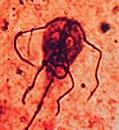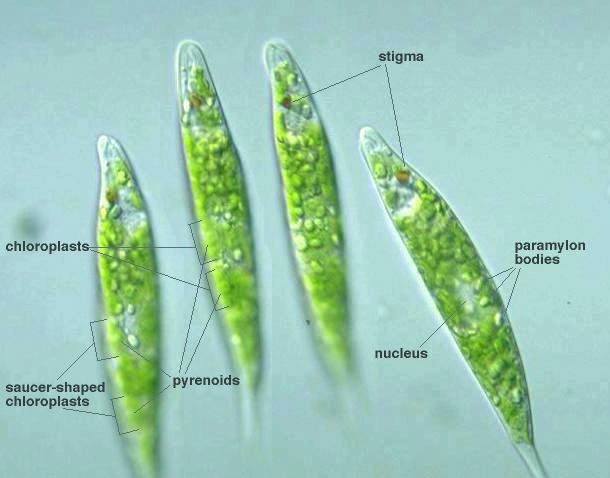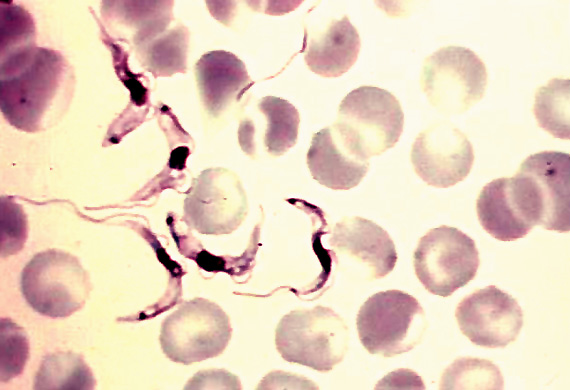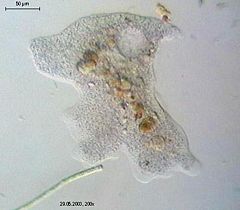Cards In This Set
| Front | Back |
|
Clade:Amitochondria Excavates: Diplimonads and Parabasalids
|
 Bilaterally Symmetrical Flagellates, 1 to 4 flagella, Mostly parasitic; several nucleus |
|
Clade Discicristales: Euglenoids
|
 One or two flagella; few of many chloroplast; stigma |
|
Clade Discicristales: Trypanosome
|
 1 or 2 emerging from pit; parasitic; attached to blood cells Undulating membrane; creates more SA allowing for better mobility Kinetoplast: to be self-reproducing, DNA-containing, and double-membrane bound like mitochondria |
|
Clade Amebozoa: lobose amoebas
|
 Psuedopods for feeding and locomotion |
|
Clade Amebozoa; Arcellina
|
 Body enclosed in a test with psuedopods protruding out |
|
Clade Cercozoa; Foraminifera
|
 Multied cambered shells (Calcareous) |
|
Clade Cercozoa; Radiolarian
|
 Actinopodia radiating from spherical body |
|
Clade Alveolates; Ciliate; kinetofragminophera(Didnium)
|
 No compound ciliary organelle |
|
Clade Alveolates; Ciliate; Oligohymenophora(paramecium)
|
 A |
|
Clade Alveolates; Ciliate; Oligohymenophora(Voticella)
|
 A |
|
Clade Alveolates; Ciliate; Polyhymenophora(spirostomum)
|
 A |
|
Clade Alveolates; Ciliate; Polyhymenophora(Blepharisma)
|
 A |
|
Clade Heterokonts; Opalinids
|
 Body covered with longitudinal, oblique rows of cilia rising from anterior subterminal rows. Two or many monomorphic nuclei. Binary fission generally symmetrogen ic. Sexual reproduction involves syngamy with flagellated ga metes. Gut commensals in Anurans(frogs) |
|
Clade Alveolates; Ciliate; Blepharisma
|
 Line of macronucleus cytostome  |
|
Macronucleus
|
concerned with vegetative
functions (i.e. feeding, digestion, etc.)
|



